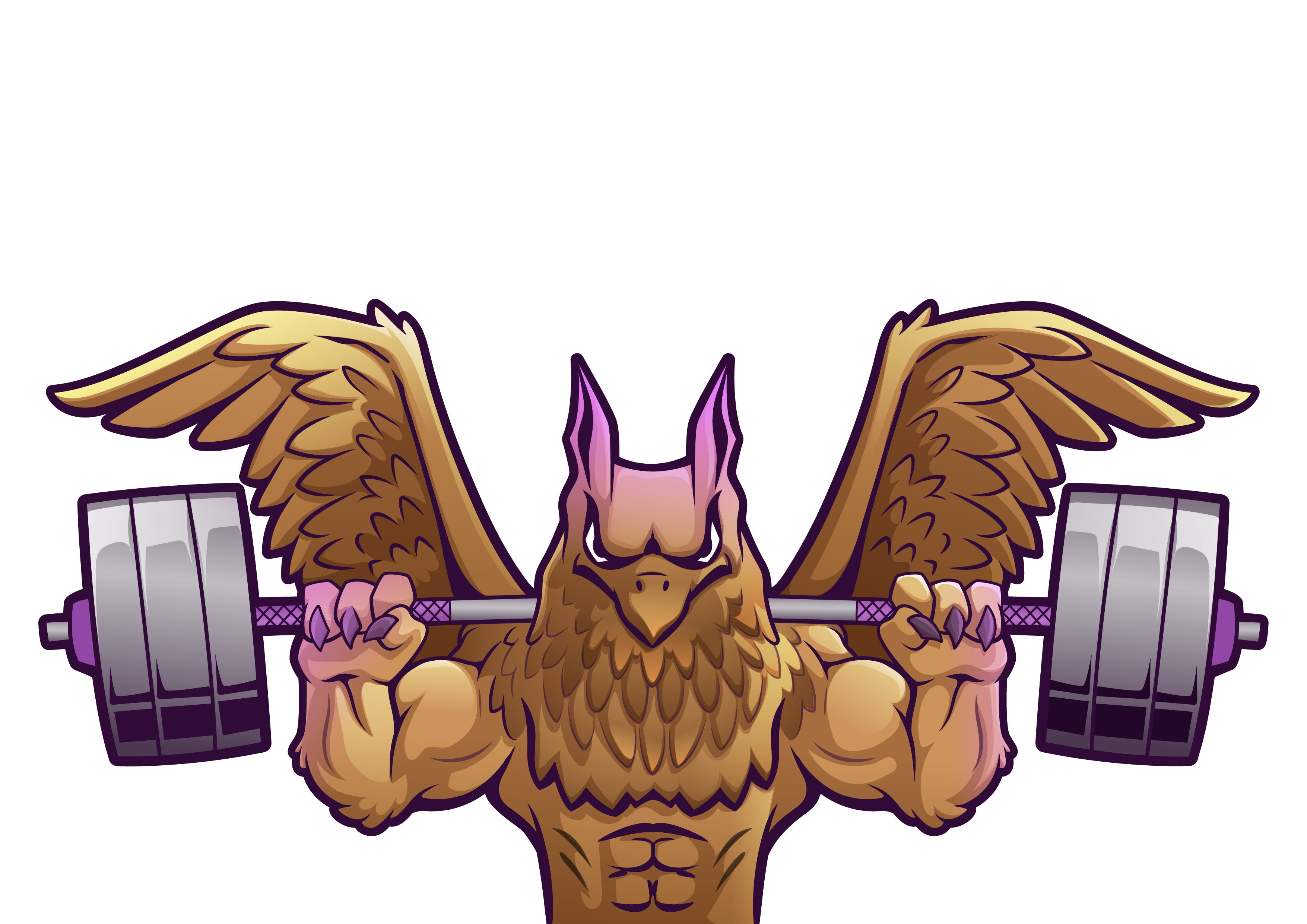Warm-up Sets for Strength Training
By Gus
Think about warm-ups in reverse from your working set of a lift. Let’s say you’re doing 3×5 back squats at new personal best load of 225lb as part of your novice linear progression.
Before you can lift these working sets, you have to make sure you can back squat at this load. So in your warm-up you need to gradually work up to it.
Before you can increase the load, you have to get confident about the squat movement pattern. So in your warm-up you need to squat with an empty bar. Maybe even with just bodyweight.
Before you can start squatting… well, what do you need to do before you start squatting? That’s where things get tribal, even contentious, between different trainers and methodologies. So we’ll come back to this in another post. For now let’s just assume in general you feel ready to workout and don’t anticipate injuries flairing up or anything like that.
So before we start squatting let’s only do a bit of math.
When you train with a coach at Gus’s Barbell Club, you don’t have to mess with any of this. Your workout is on the whiteboard when you arrive and all the math is done for you. Sound nice? Book a no-sweat intro.
You know you need to start with the empty bar (45), and you know you’re working at 225. A difference of 180 pounds. Split between 4 jumps, we get 45 pounds:
45
90
135
180
225 x5 x3Now to determine the sets and reps of the warm-ups. Working with the empty bar is worth some extra attention so we’ll do two sets. Since the working sets are 5’s, we’ll warm-up with 5’s. All other warmups will be one set. As we get closer to the working load, we’ve already settled into the movement pattern but we just need to get used to having the weight in those positions. So we can cut the reps down and save energy for the work.
45 x5 x2
90 x5
135 x3
180 x2
225 x5 x3And that’s a typical squat warm-up! This method will work well through most of your novice linear progression.
Eventually the load gets higher and you’ll find yourself wanting another warm-up set to keep the jumps smaller. You’ll also not always have beautiful numbers, just round things off so that it’s roughly even with any smaller jumps happening at the end. And finally, you may develop a habit of much larger jumps at the lower weights that all feel easy, leaving even smaller jumps at the end.
Follow the initial math for 315, but add an extra warm-up set, you get 54 pound jumps. We could make it happen with fractional plates, but it’s just not worth the effort. So we can do larger jumps in the beginning that even out at the end to keep round numbers.
45 x5 x2
105 x5 (60 lb)
160 x5 (55 lb)
215 x3 (55 lb)
265 x2 (50 lb)
315 x5 x3 (50 lb) The math checks out, but more likely you’ll develop a preference for even bigger jumps at the start:
45 x5 x2
135 x5
185 x5
225 x3
275 x2
315 x5 x3These are numbers that stick with the most common 45lb and 25lb plates, and it keeps the “barbell math” easy as you get used to them in the gym.
So do the specific numbers on the warm-up sets really matter all that much? No. What matters is that you’re confident in your movement pattern, gradually work up to the load programmed, and take reasonable jumps along the way.
